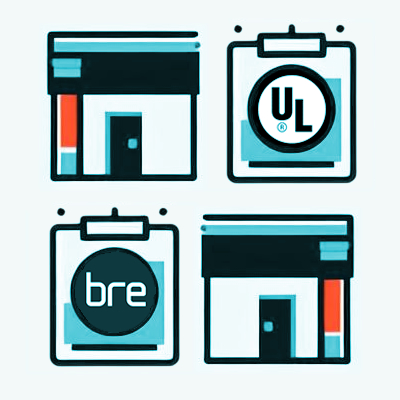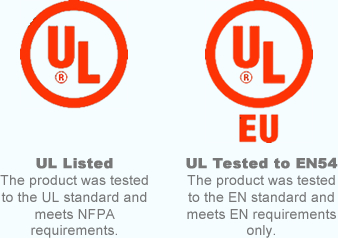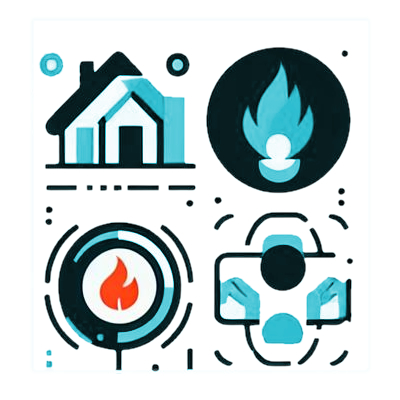For example, when referring to smoke detectors, the current UL standard (that meets NFPA 72 requirements) is UL268, 7th edition, the corresponding EN standard is EN54-7. The standards for heat detectors are UL 521 and EN54-5. There are multiple UL Codes and EN54 Parts that cover all of the major components that make up a fire detection system including sounders, power supplies, short-circuit isolators, flame detectors, CO detectors, and so on.
When installing devices that provide more than one type of detection, “multi-sensors”, it is important to make sure that these types of devices meet the requirements for all the applicable standards required for the specific application. In some cases, devices are not “approved” for all applications they might be used for.
The most common example is the use of ‘indoor’ devices in an ‘outdoor’ environment, but there are other possible limitations as well. A detector may offer a proprietary ‘mode’ which provides a feature the manufacturer feels is beneficial but is not recognised by the standards bodies. This ‘mode’ will be called-out as “not certified” in the Rating Classification section of the certification.






